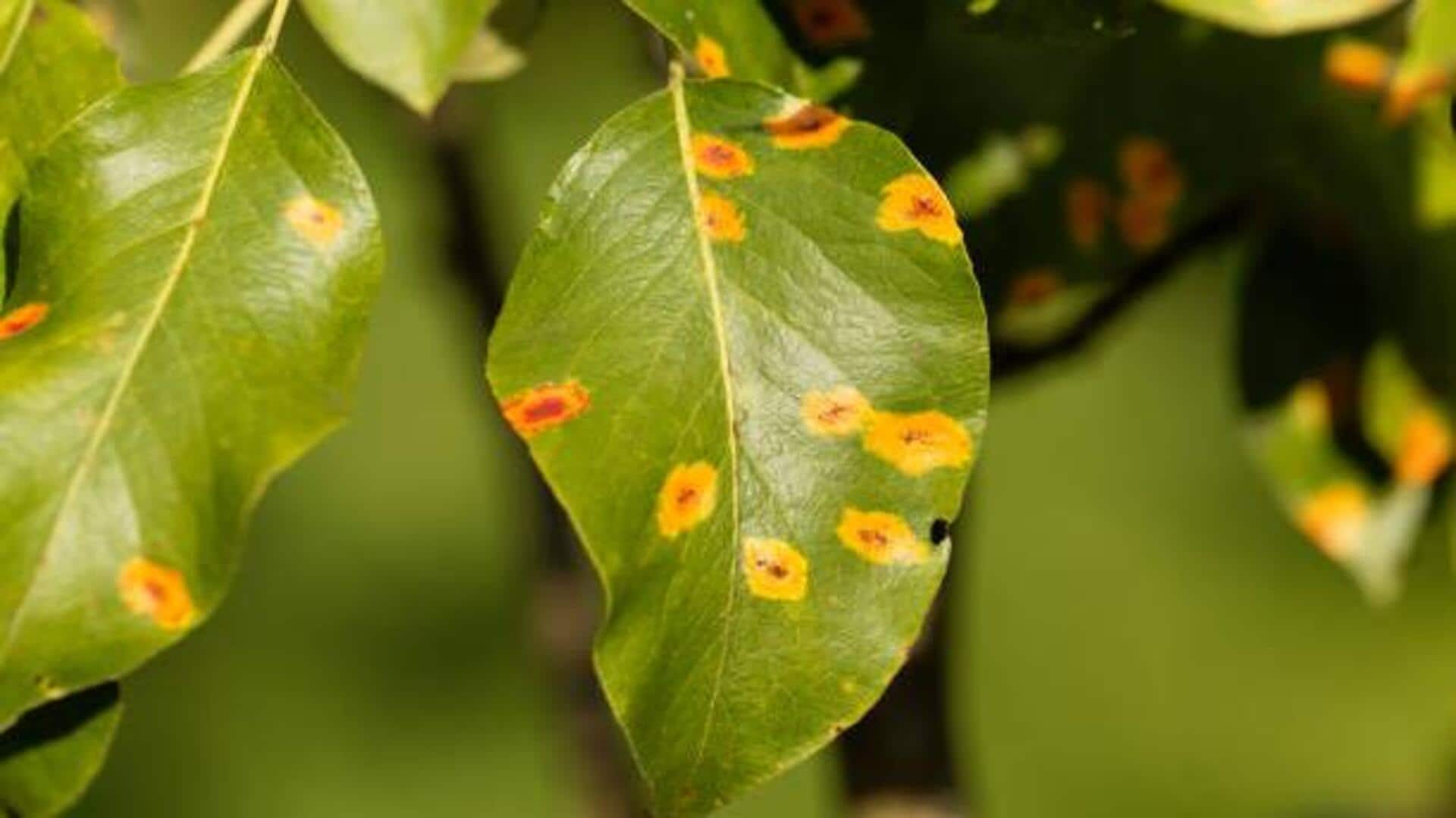
Chamomile tea water: A natural solution for plant fungus
What's the story
Chamomile tea water is making waves as a natural remedy to fight plant fungus. This easy-peasy solution can be an excellent alternative to chemical fungicides, providing a more eco-friendly way to care for the plants. Chamomile comes with antifungal properties that can safeguard plants from common fungal infections. Using chamomile tea water, gardeners can keep their plants healthier without chemicals. Here's how chamomile tea water can be used effectively against plant fungus.
Preparation
Preparing chamomile tea water
To prepare chamomile tea water, steep one or two chamomile tea bags in hot water for about 15 minutes. Let the mixture cool before using it on plants. This preparation will ensure that the antifungal compounds in the chamomile are well extracted into the water and it's ready to be applied on the affected plants.
Application
Application techniques
Once prepared, transfer the cooled chamomile tea into a spray bottle for easy application. Spray the solution directly onto affected areas of the plant, ensuring thorough coverage of leaves and stems where fungus is present. Regular application every few days can help manage and reduce fungal growth effectively.
Benefits
Benefits of using chamomile tea water
Using chamomile tea water as fungicide offers a number of advantages over traditional options. For starters, it's non-toxic and human and pet-safe, which lowers health risks tied to chemical treatments. Further, it is also cost-effective; a box of chamomile tea bags usually costs under ₹100 or $5, which makes it an economical choice for gardeners.
Monitoring
Monitoring plant health
After applying chamomile tea water, monitor your plants regularly to assess their response to treatment. Look for signs of improvement such as reduced fungal spots or healthier foliage. Consistent monitoring helps determine if additional applications are necessary or if other interventions might be required to address persistent issues effectively.